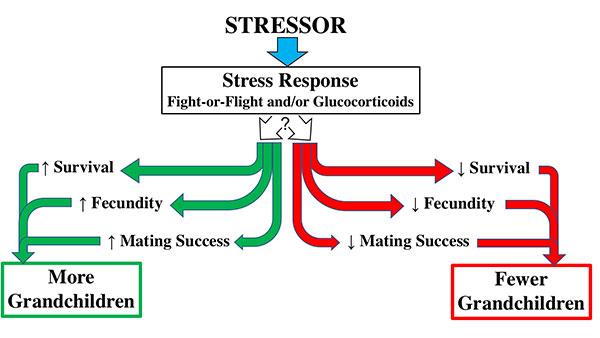Using Stress as a Tool in Conservation
We currently have several projects exploring how the stress response might help animals survive human-created habitat disturbances. This work is part of the emerging field of Conservation Physiology and is forming an increasing percentage of our effort.
We have several ongoing collaborations with Michael Reed in our department and Nina Fefferman at University of Tennessee. We have been focusing on whether the changes in corticosterone responses during molt in birds can affect their survival and how stress responses might alter the chance of species persistence.
An important series of projects has been attempting to determine whether corticosterone can be detected in bird feathers. We continue to explore how steroids are deposited in feathers, as well as technical considerations for their measurement. From a biological perspective, we have been using feathers to determine whether a bird has been chronically stressed and connecting stress during molt to impacts later in life. Furthermore, since the evidence will be in the feather, it creates the possibility that we don’t even need the bird present to diagnose a stressed bird.
Finally, we have been exploring how DNA damage might be used as a nonhormonal metric of stress. Because birds have nucleated red blood cells, we can take multiple samples over time to assess whether accumulated stress alters the amount of DNA damage in the red blood cells. Recent work shows that both acute and chronic stress increase DNA damage, and ongoing work is applying this new technique to conservation questions.

Molting feather
